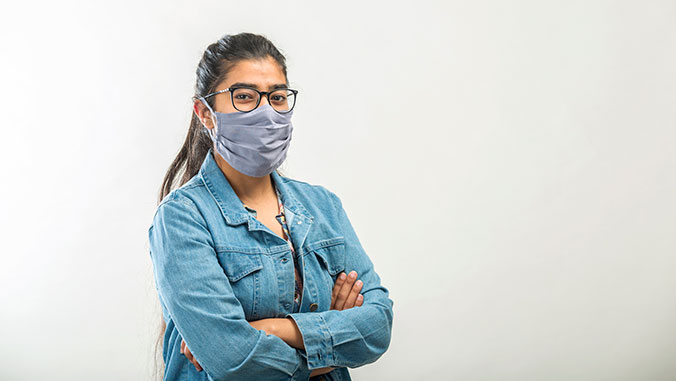
This IDEAS:Essays column by Victoria Fan, associate professor in the Myron B. Thompson School of Social Work, University of Hawaiʻi at Mānoa and Nick Redding, PhD, executive director of the Hawaii Data Collaborative ran on the Honolulu Civil Beat website on June 28, 2020.
Writer Laurie Garrett once wrote, “Public health is a negative. When it is at its best, nothing happens: There are no epidemics.”
Public health advocates have long been faced with a communication challenge—how can we communicate the seriousness of acting when “nothing happens”?
COVID-19 was temporarily subdued by the decisive action of Gov. David Ige to shut down the state and restrict inbound travelers with a 14-day quarantine. After three months, Hawaii briefly returned to this stage of “nothing happening” with only a handful of cases each day.
That is, of course, before the most recent spike. Something appears to be happening.
Meanwhile, our tourist-dependent economy has been devastated, our state is in dire financial straits. The lines for unemployment services, food, health insurance, mental health services, and all kinds of assistance stretch on. People are suffering.
Let’s be clear. This state had no other choice but to go with the mass shutdown and quarantine measures because cases were skyrocketing back in March. At a wildfire spread, our hospitals could have been overwhelmed with cases. Fortunately, we live in an island state where shutdown lends to a natural extinguishing of the virus.
Now, we again face a critical juncture. What should the state do in light of the recent spikes of double-digit cases? How quickly should the state lift the shutdown measures? Are we adequately reinforcing our most important tool in our Epidemic Prevention Toolkit: Testing-Contact Tracing-Quarantine strategy?
This latter strategy is what Taiwan has called its “precision” epidemic prevention tool—as opposed to a medieval “mass shutdown” tool, effective but painfully costly to our state. Will our state avoid another shutdown? What are the trade offs between COVID-19 care and other health care, between human lives and economic recovery?
These kinds of questions prompted us to form the Hawaii Pandemic Applied Modeling (HiPAM) Work Group. We are a group of applied epidemiologists, data scientists, and health professionals who want to help the state tackle these tough questions—which have only bad or worse outcomes, no good ones.
We face a new virus and our understanding of its biological features is constantly changing. No one expert or authority can presume to have complete expertise. We must draw on a broad base of thoughts and ideas but also thoughtfully use “data” and “evidence” in the face of many known unknowns and unknown unknowns.
As a community, we know better than others who we are and what we do. While we seek support from outside the state, only we can make the best decisions for ourselves. To do that, we need to come together in an inclusive and unified way—bringing everyone to the table and channeling our collective knowledge and manaʻo. Such an approach creates transparency and accountability, one that can be strengthened with mutual gratitude, respect, and trust.
We cannot dismiss others’ knowledge. We must welcome and include other voices to the table in order to be more effective.

